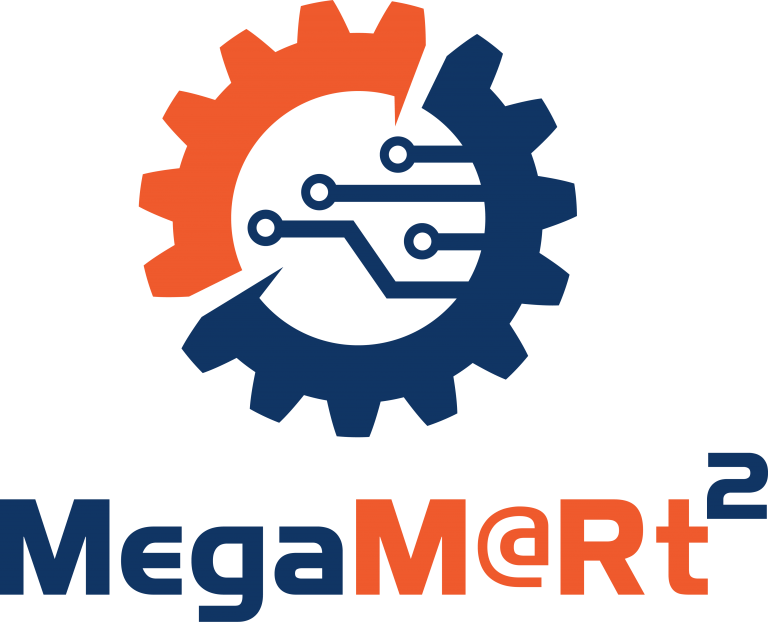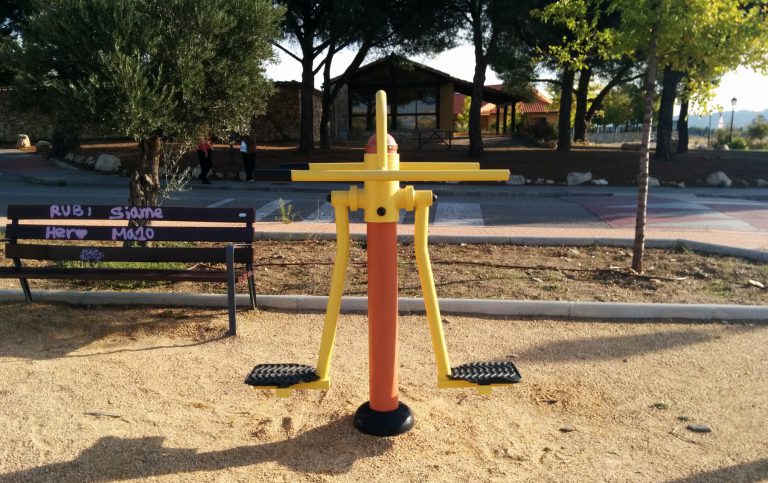Doctoral thesis: “Co-creation for transdisciplinarity – Adoption of participatory design and agile project management in collaborative research processes”
27 February, 2020Enric Senabre Hidalgo’s project explores co-creation methods applied to transdisciplinary research. Research of this kind goes beyond mere collaboration between academics from different disciplines and involves laymen and communities from outside the scientific sphere in tackling a range of issues and problems holistically. It is akin to the recent citizen science phenomenon or the methodology of action research. 
What was the thesis’ starting point, its principal objective?
The thesis is a “meta-research” project, taking the format of a compendium of publications in scientific journals. By that I mean it researches the practice of research itself, with the aim of exploring possible improvements based on evidence. In this particular case, my analysis tackles the various ways collaboration takes place in transdisciplinary research, with a focus on project design, planning and management-related challenges.
The thesis’ principal objective was to develop a holistic understanding of the key factors that allow participatory design and agile project management practices to come into play when collaborating on transdisciplinary research projects. In order to do this, I studied specific projects in terms of aspects such as communication, visualization, transparency, task distribution, generating trust, commitment, the quality of the results or efficiency.
The study’s hypothesis is that planning and managing research, especially in transdisciplinary contexts, is increasingly diverse and complex, and this calls us to experiment with principles and methods specific to co-creation. This spans from the initial ideation stages, which are often vague and lacking in structure during the transdisciplinary research design phase, to the incremental and cyclical phases of carrying the idea out, once the planning has been completed.
Methodology: a mix of quantitative analysis and online content analysis
The methodology adopted combines two types of analysis: quantitative, based on surveys and questionnaires, and online content, which is qualitative and based on semi-structured interviews and participant observation. Parallel to the case studies’ analysis, the project also produced and analysed a series of practical tools, a “toolkit”, intended to help others design, plan and collaboratively manage transdisciplinary research themselves.
Therefore, the originality of the project is twofold. It offers a shared vision of co-creation and its experimental use in transdisciplinary research, drawing upon areas such as design thinking, organizational knowledge and learning, public participation in research and the science of team science. The project also represents a new approach by providing the toolkit I mentioned as practical open-access or copyleft material so that it can be reused by other research projects and co-creation professionals.
The case studies gave us a change to apply our approach to specific research projects at institutions like CECAN in the UK, the University of Barcelona, or the UOC itself, through its Dimmons research group.
Main conclusions: Co-creation in transdisciplinary research as a methodological requirement
The thesis’ hypothesis is that, whether we are dealing with scientific teams of experts from different disciplines or action research or citizen science projects where society is involved, research planning and management in these transdisciplinary contexts is increasingly diverse and complex. As such, we need to experiment with principles and methods specific to co-creation. From this initial affirmation, three specific questions about co-creation for transdisciplinarity arise that the thesis aims to answer:
1. How can participatory design help diversify the collaborative ideation process behind transdisciplinary research projects?
2. To what extent can agile project management principles facilitate the organization of scientific collaboration processes?
3. How can we combine participatory design and agile project management when strategically planning these research processes?
The thesis’ results, validated through six scientific articles published in international peer-reviewed journals, suggest that co-creation helps integrate diversity and better manage complexity in transdisciplinary research, throughout its various stages and types of collaboration. This is especially the case with regard to decision-making processes where visualization techniques can be used to make communication more dynamic and to create discussion-solving mechanisms. Co-creation also contributes to the transparency of work flows, building commitment and creating trust when provided in ways that are flexible, adaptable and scalable.
In terms of efficiency and the quality of the results, the data from the different case studies are not as clear-cut, and the indicators related to the study’s scope are less conclusive in this regard. However, when applied correctly, both participatory design and agile project management appear to contribute to integrating diversity in research, as they add dialogue and visualization processes that act as a counterweight to the generally isolated and asynchronous pace of many research projects. Additional data and other observations gathered during the project have allowed the research framework to be extrapolated to the structural changes currently taking place in academia. This is particularly relevant in regard to the difficulties encountered in balancing intellectual work and administrative tasks, which is compounded by scientific institutions’ race to secure funding and ensure research excellence.
In conclusion, the thesis’ overall research results not only indicate that co-creation methods should be used consistently in transdisciplinary research, but also that they need to be seen as a key methodological requirement for the proper channelling of collaboration in this field.
Thesis resources:
Research co-design toolkit (Creative Commons licence)





